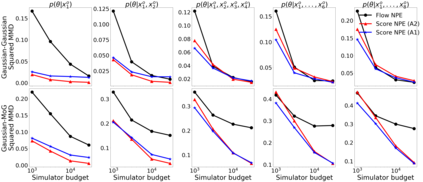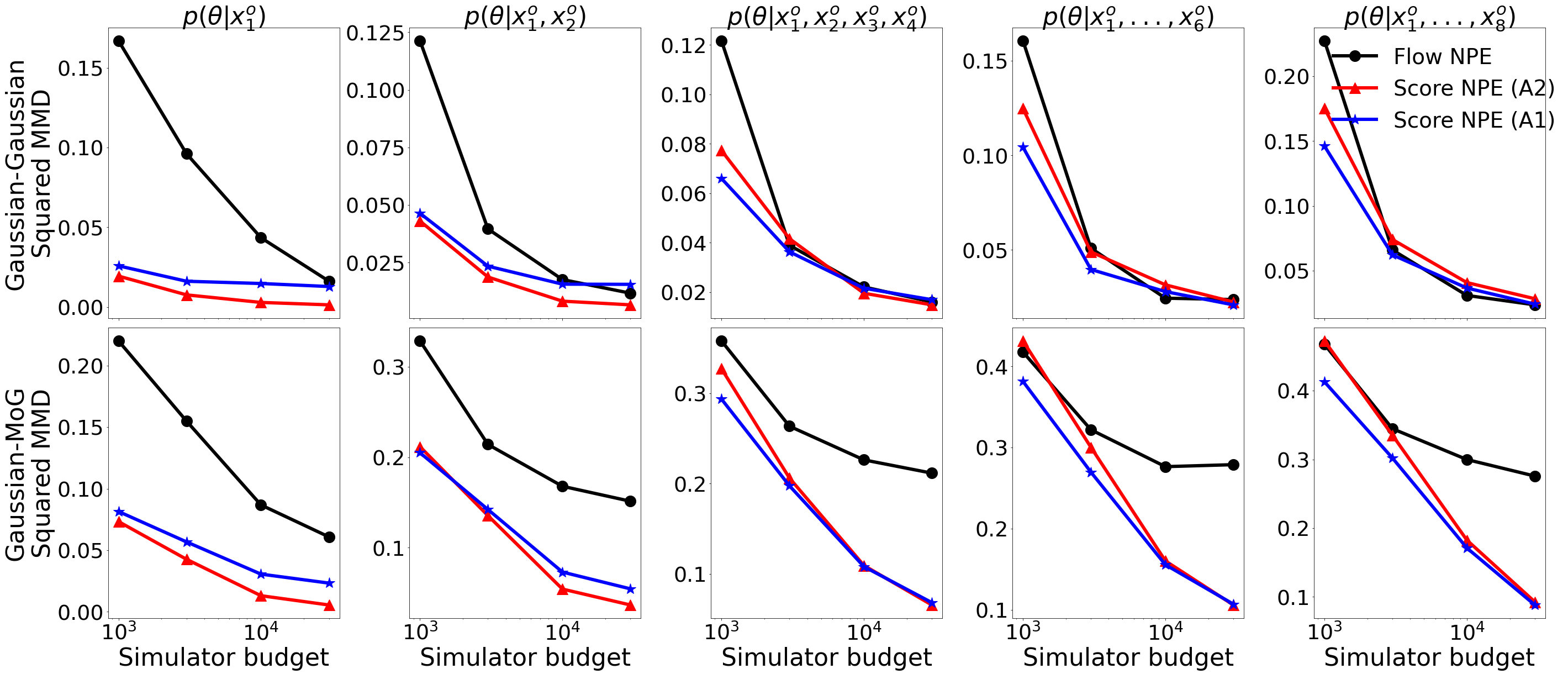Neural Posterior Estimation methods for simulation-based inference can be ill-suited for dealing with posterior distributions obtained by conditioning on multiple observations, as they may require a large number of simulator calls to yield accurate approximations. Neural Likelihood Estimation methods can naturally handle multiple observations, but require a separate inference step, which may affect their efficiency and performance. We introduce a new method for simulation-based inference that enjoys the benefits of both approaches. We propose to model the scores for the posterior distributions induced by individual observations, and introduce a sampling algorithm that combines the learned scores to approximately sample from the target efficiently.
翻译:以模拟为基础的推论的神经外观估计方法可能不适合处理以多重观测为条件的后方分布,因为这些方法可能需要大量的模拟信号来得出准确的近似值。神经上隐性估计方法自然可以处理多种观测,但需要单独的推论步骤,这可能会影响其效率和性能。我们引入了一种新的基于模拟的推论方法,它享有两种方法的好处。我们提议对个别观测所引出后方分布的分数进行模拟,并引入一种将所学分数与目标的大约抽样结合起来的抽样算法。







